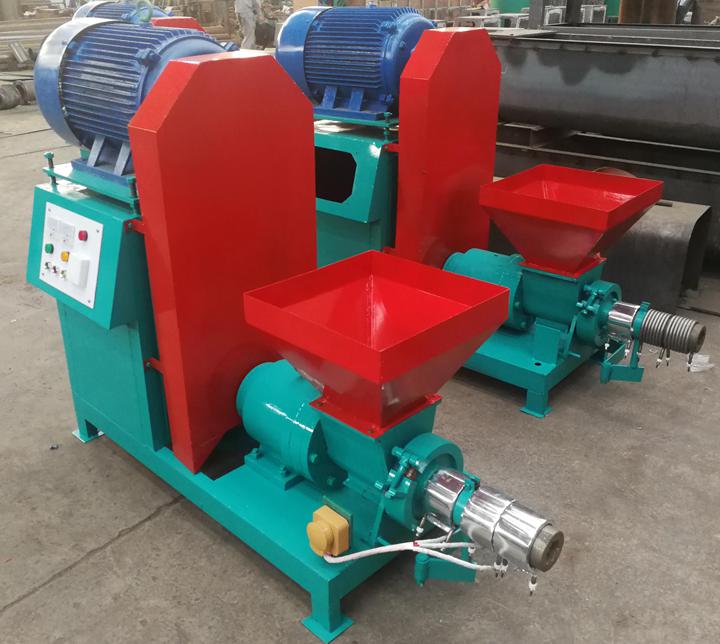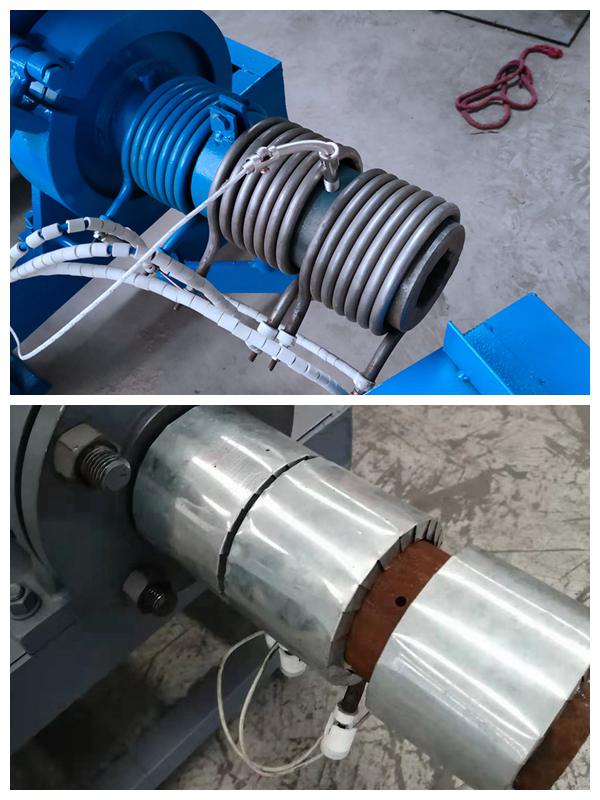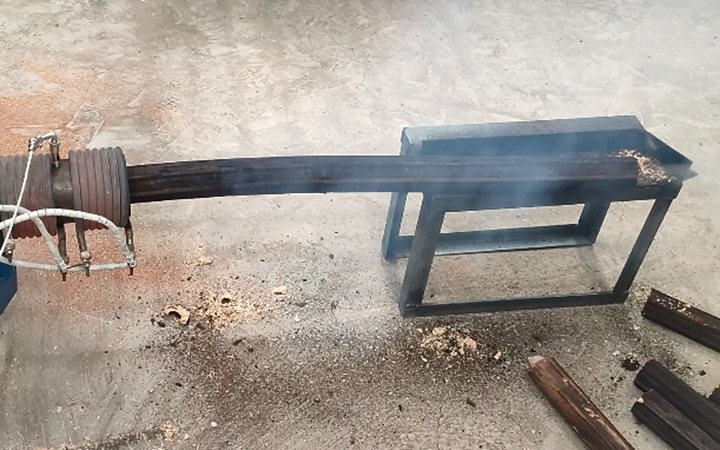I arbetsprocessen för sågspån kolmaskinens flödesutrustning måste vi behärska driftstekniken för utrustningen för att producera kvalificerad brikettkol. Nyckeln till driften är att kontrollera temperaturen när man gör kol. Den nuvarande kolmaskinens monteringslinjeutrustning är utrustad med temperaturkontrollmätare och andra tillbehör, vi behöver förstå temperaturkraven för varje steg eftersom temperaturen som krävs för råmaterialen i varje steg inte är densamma. Och olika temperaturproduktion kommer också att påverka tillverkningen av brikettkol. Nedan kommer vi att diskutera temperaturkraven för varje steg i produktionsprocessen för brikettmaskinen så att du bättre kan kontrollera det under driften.

Umuhimu wa pete ya kupasha joto ya mashine ya briketi za makaa

Ringen för uppvärmning är en av de viktigare tillbehören på kolbrikettmaskinen, och dess funktion bör inte underskattas. Ringen för uppvärmning är installerad på utsidan av ärmen, och dess funktion är en uppvärmningsanordning som värmer upp träflisarna, och träflisarna formas genom den höga temperaturen och det höga trycket från ringen för uppvärmning.
Arsimi i punës së spirales së ngrohjes është të përdorë tel rezistence për të gjeneruar nxehtësi, me konsum të ulët të energjisë dhe një periudhë kohe kur energjia termike është e përqendruar. Materiali i jashtëm i unazës mbajtëse është çelik inox, dhe brenda është një rezistor me rezistencë të lartë. Rezistenca e unazës së ngrohjes është 2KW, e cila mund të gjenerojë nxehtësi menjëherë dhe të arrijë një temperaturë të lartë.
En uppsättning små kolmaskiner är utrustad med tre värmeringar. Effekten av värmeringen bestämmer hastigheten på briketteringsprocessen. För närvarande används vanligtvis tre grupper av 6KW värmeringar. Om effekten är högre kommer livslängden på värmeledningen att minskas, och om effekten är lägre kommer hastigheten och effektiviteten hos staven inte att hänga med.
Temperaturkraven vid varje steg av briketteringsprocessen
1. Hatua ya kukausha malighafi: Wakati wa kukausha malighafi, tunaweza kuweka malighafi yenye unyevu mwingi kwenye uwanja wa kukaushia hewa kwa siku 1 hadi 2 ili kuruhusu unyevu wa uso uvuke ili kupunguza muda wa kukausha na matumizi ya mafuta. Matumizi. Kisha, tunaweka malighafi yenye ukubwa unaostahili wa chembe ndani ya kikaushio cha hewa moto na kukausha hadi malighafi kavu yenye unyevu chini ya 10%. Joto la kukausha kwa ujumla huwa karibu 140 ℃ ~ 300 ℃.
2. Hatua ya kuunda malighafi: Mchakato wa kubandika malighafi unakamilika ndani ya mashine. Kuna pete ya kupasha joto nje ya koleo ya kuunda ya mashine ya kubandika, ambayo inaweza kuongeza joto la koleo ya kuunda hadi karibu 350°C. Ili kuhakikisha kuwa uso wa briketi za makaa ni laini, mnene, na hauna nyufa, tunaweza kuchagua halijoto inayofaa ya kuunda kulingana na aina ya malighafi na unyevu. Urefu wake unaweza kuamuliwa tu baada ya jaribio la shambani. Kwa ujumla, tunadhania kuwa propeller ya skrubu inastahili, na unyevu wa malighafi uko kati ya 6-10%, na halijoto ya kukausha: hutofautiana kulingana na umbo la nyenzo na mfumo wa kionyeshi, kwa ujumla kati ya 140 ℃ na 500 ℃; Halijoto: Urefu wa njia ya kukausha na usambazaji wa kiasi cha hewa unaweza kurekebishwa ili kudhibiti halijoto ya nyenzo, kwa ujumla haizidi 5℃~7℃.

3. Hatua ya kuungua kwa malighafi: Kuanzia kwa kuwasha, tanuri ya kuungua huwasha polepole fimu za mafuta hadi halijoto ya tanuri ifikie digrii 160. Wakati huu, unyevu uliomo kwenye fimu za mafuta utavukiza, lakini utungaji wa kemikali wa fimu za mafuta hautabadilika. , Hatua ya pili ya kuungua inakaribia kuanza hatua kwa hatua. Wakati huu, halijoto ya tanuri imeongezeka kutoka digrii 160 hadi 280. Halijoto hii kwa ujumla ni joto linalozalishwa na mafuta ya fimu ya mafuta yenyewe. Mbao huanza kubadilika. Wakati halijoto inapoongezeka hadi digrii 300 hadi digrii 650, fimu za makaa huanza kutupwa na kuoza, na makaa huwa makaa kwenye halijoto ya juu. Katika hatua hizi tatu, lazima tuchunguze halijoto ili kuzuia kuungua na matukio mengine. Ikiwa utaendelea kuipasha joto hadi Halijoto inapokuwa kati ya 800°C na 1000°C, muundo wa grafiti ndani ya kaboni utaongezeka, na upitishaji pia utaongezeka. Wakati huu, fimu za kaboni zinazozalishwa ni fimu za kaboni za ubora wa juu.
